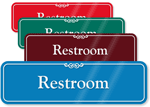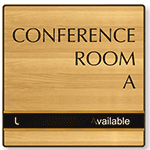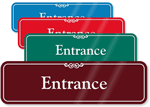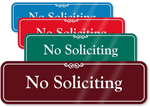Why Danish workers are happier than American workers
Though it may sound like the beginning of a joke — “What makes Danish workers happier than American workers?” — the punchline is anything but funny. Denmark, which, as FastCompany reports, is often ranked as the happiest country in the world, is also home to happy workers. In America, on the other hand, where 18 percent of workers are “emotionally disconnected” from their workplaces, that old trope of the miserable workplace — solidified in TV series like “The Office” and movies like “Office Space” — remains an ingrained part of the culture.
So what can we learn about workplace happiness from the Danes? According to FastCompany, there are five significant differences between our offices and theirs.
1. Worker-friendly working hours
Danish workers usually receive five to six weeks of vacation yearly, as well as up to a year of paid maternity-paternity leave, and reasonable daily working hours. American workers clock in 1,790 hours on average, while Danes put in 1,540 on average, according to Organization for Economic Cooperation and Development stats.
You might also chalk this up to a cultural difference: Being overworked is a badge of honor in America. In Denmark, however, companies “recognize that employees also have a life outside of work and that working 80 hours a week is bad for both employees and the bottom line.”
2. Comprehensive unemployment benefits
With Danish unemployment insurance covering out-of-work workers with 90 percent of their original salary for two years, the stigma — and financial wreckage — of unemployment is nearly nonexistent. Although the Affordable Care Act will now help some workers leave jobs they might’ve only stayed in for the health insurance, workers in the States often remain at jobs they loathe for years out of fear of going bankrupt.
3. Low “power distance”
What is power distance? “A high power distance means that bosses are undisputed kings whose every word is law,” reports FastCompany. In Denmark, bosses rarely issue “direct orders” (and even these are seen as suggestions rather than requirements). The U.S., on the other hand, has a high power distance.
4. Education and training
Ongoing education and training has been a hallmark of Denmark work environments since the mid-1800s. Nearly any employee can sign on for paid training to develop a new set of skills, courtesy of “an extremely elaborate set of government, union, and corporate policies” known as “active labor market policy.” While some American workplaces offer full or partial tuition reimbursement and paid training, these benefits are far from standardized.
5. Positive thinking
The Danish language has a single word for happiness at work: arbejdsglæde. (Arbejde meaning work and glædeI meaning happiness). The concept may be as foreign to American workers as the pronunciation is. Though there are notable exceptions, such as Zappos and Google, “Many U.S. workplaces do little or nothing to create happiness among employees, sticking to the philosophy that ‘If you’re enjoying yourself, you’re not working hard enough.’”
Happiness isn’t a lofty goal; it has meaningful economic implications that the U.S. might do well to study: happy workers, reports FastCompany, are more innovative and more productive, creating happier companies that serve happy customers and produce — happily, no doubt — more money.
Category: New Products, Office courtesy














Great delivery. Outstanding arguments. Keep up
the great effort.